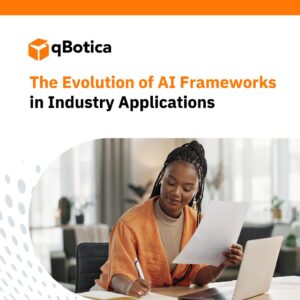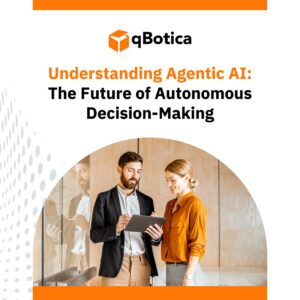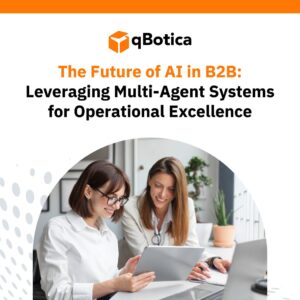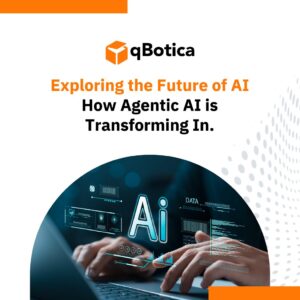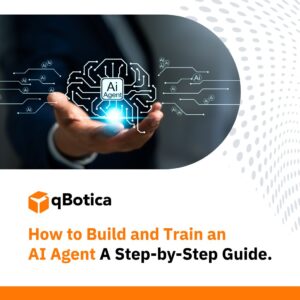According to a report by Accenture, “Healthcare providers that fully adopt automation technologies by 2023 could achieve cost savings of up to $150 billion annually in the U.S. alone.” This report, which was published in 2021, also states that automation technologies, including both AI and RPA, can help healthcare providers to improve operational efficiency, reduce errors, and deliver better patient outcomes.
Another study by ResearchAndMarkets.com forecasts that the global healthcare RPA market will grow at a compound annual growth rate (CAGR) of more than 43% from 2020 to 2025. This report highlights the growing demand for RPA in healthcare, driven by the need to automate routine and repetitive tasks, reduce costs, and improve the quality of care.
These studies indicate that there is a growing demand for automation technologies in healthcare, and that the use of AI and RPA is expected to grow rapidly in the coming years.
Let’s dive in.
AI and RPA in Healthcare
The healthcare industry is one of the largest and most important sectors in the world, providing essential services to millions of people on a daily basis. In recent years, advances in technology have led to the development of a range of innovative solutions aimed at improving the efficiency, quality, and accessibility of healthcare services. Two of the most promising technologies in this regard are Artificial Intelligence (AI) and Robotic Process Automation (RPA).
AI refers to the development of computer systems that can perform tasks that would typically require human intelligence, such as image recognition, speech recognition, and decision making. In healthcare, AI has the potential to revolutionize the way medical professionals diagnose, treat, and monitor patients. For example, AI-powered medical imaging systems can quickly and accurately detect signs of diseases, such as cancer, by analyzing large amounts of medical data and images. This not only saves time, but also helps medical professionals to make more informed decisions, improving the chances of a successful outcome for patients.
RPA, on the other hand, is a technology that automates repetitive, manual tasks such as data entry, processing, and analysis. In healthcare, RPA has the potential to streamline many of the administrative processes that are involved in managing patient records and claims. This not only saves time and reduces the risk of errors, but it also frees up healthcare professionals to focus on more critical tasks that require their expertise.
Why does Healthcare need AI & RPA?
While both AI and RPA have the potential to bring significant benefits to the healthcare industry, there is a growing consensus that these technologies are most effective when used in combination. Here are some of the key reasons why healthcare needs both AI and RPA:
- EFFICIENCY: One of the key benefits of using both AI and RPA in healthcare is that they can be used in combination to achieve even greater efficiencies. For example, AI algorithms can be used to analyze medical images to identify potential problems, while RPA can be used to automate the process of scheduling appointments and arranging treatments. In this way, AI and RPA can work together to deliver faster, more accurate, and more efficient healthcare services.
- REDUCE MANUAL WORK: Another advantage of using both AI and RPA in healthcare is that they can help to reduce the burden of manual work for healthcare providers. This is particularly important in today’s fast-paced and demanding healthcare environment, where providers are often stretched for time and resources. By automating routine and repetitive tasks, AI and RPA can help healthcare providers to reduce the amount of manual work they need to do, freeing up time and resources that can be used to focus on more important tasks.
- BETTER QUALITY OF CARE: AI and RPA can also help to improve the quality of care delivered to patients. For example, AI algorithms can be used to analyze medical images to identify potential problems more accurately and quickly than a human radiologist. This can help healthcare providers to make earlier diagnoses, which in turn can lead to earlier and more effective treatments. Similarly, RPA can be used to automate the process of scheduling appointments and arranging treatments, reducing the risk of errors and improving patient outcomes.
- COST SAVINGS: Finally, the use of both AI and RPA in healthcare can help to reduce costs, making healthcare more affordable for patients. By automating routine and repetitive tasks, AI and RPA can help to reduce the amount of manual work that needs to be done, which in turn can help to reduce labor costs. Furthermore, the use of AI algorithms to analyze medical images can help to reduce the need for additional diagnostic tests, further reducing costs.
In conclusion, the use of AI and RPA in healthcare has the potential to revolutionize the way healthcare services are delivered, providing faster, more accurate, and more efficient care to patients. By automating routine and repetitive tasks, reducing manual work, improving the quality of care, and reducing costs, AI and RPA can help healthcare providers to deliver the best possible outcomes for their patients. As such, it is clear that healthcare industry needs to embrace the combined power of these technologies to transform their healthcare journey.

